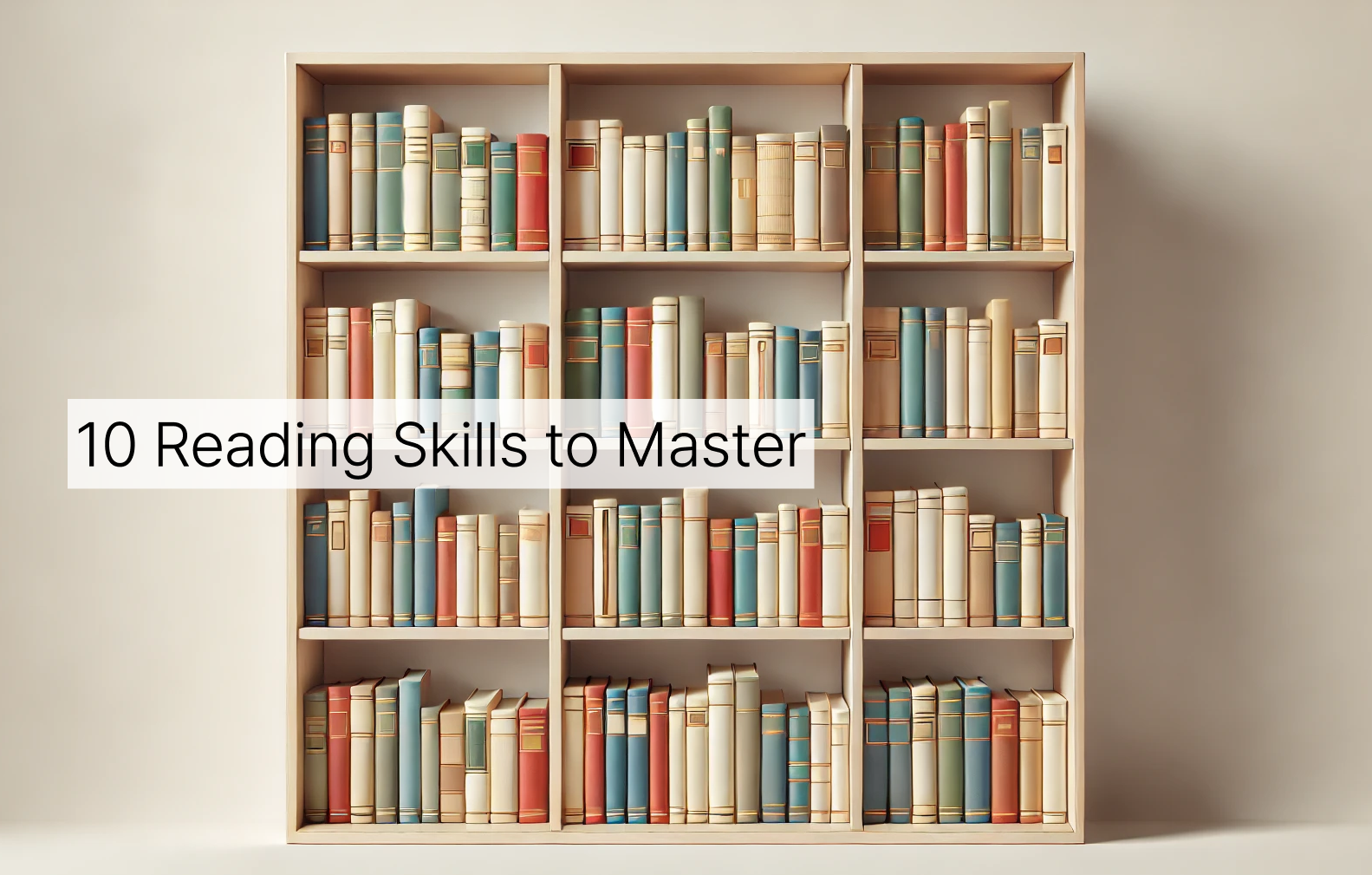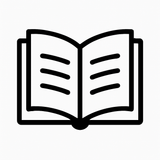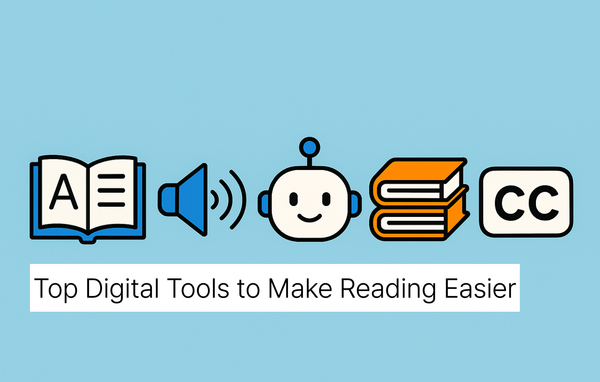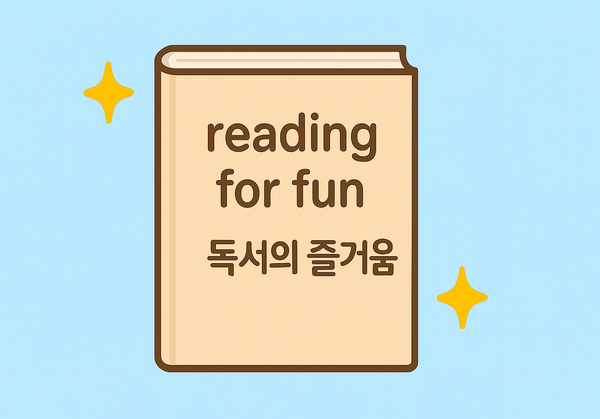10 Reading Skills to Master
Improving reading comprehension requires active engagement and practice. By mastering skills like skimming, scanning, and summarizing, you can boost your understanding and interact more effectively with diverse types of content.

Reading skills have to be encouraged and actively practiced depending on your experience with reading a second language or going through academic texts.
They contribute to daily activities significantly.
These abilities (reading skills) are essential for academic achievement, career growth, and everyday communication. (Earichappan et al., 2024)
Here are 10 skills you can master to improve your comprehension:
- Skimming
- Scanning
- Assessing the author’s opinion
- Connecting background knowledge
- Predicting
- Inference
- Summarizing
- Comparing
- Self-questioning
- Problem solving
What is skimming?
Skimming is reading a text quickly to get a general idea of its content. You generally look for keywords such as verbs and nouns.
You can practice skimming by:
- Reading headlines to understand the main topic.
- Jotting down words and notes while you read to see what you can understand.
- Timing yourself to see how long it takes to complete the task. Thereafter, challenging yourself to be faster.
What is scanning?
Scanning text involves finding specific information like dates, names, or other numbers.
To improve your scanning skills, you can practice searching for these details in articles, recipes, or schedules.
Scanning is slightly different to skimming.

What is the author trying to say?
When reading a text, you can assess the author’s stance.
You could ask yourself questions such as, “What is the author’s purpose?” or “Do I agree with their opinion? Why or why not?”
Identify biases and assumptions that the author might have.
You can also reflect on if the argument is effective - if it’s logical or emotional.
How do you make connections?
Using the information you know already can deepen your understanding of a text.
This includes prior experiences or knowledge from the real world.
Before you read, think about what you already know about the topic and make a note of it.
How do you predict what the text is about?
You can determine what the text is about first by reading headings and looking at the available pictures.
To practice, read a paragraph and try and guess what will happen next.
Continue to make predictions. Once you’ve finished reading, go back and see what was correct or different.
What is inference and how do you practice it?
This refers to "reading between the lines" to interpret the meaning of something.
This is useful when something is emotional or has deeper intentions.
You may be able to understand the words written individually, but you may not know what they mean as a cluster.
For example, “Raining cats and dogs” doesn’t literally mean that cats and dogs are falling from the sky. Instead, it means that it’s raining hard; it’s pouring.
In a research case, it was proven that a large portion of learners use inference when reading, contributing to their reading success.
When encountering difficulties, these learners adapt by guessing meanings from the context, with 81.3% using this strategy (inference)… (Earichappan et al., 2024)
Inference is also widely used for song lyrics, poetry, and stories.
To practice, I suggest you choose a song or poem you enjoy and write down what you think the words mean; infer the meaning.

What is summarizing and how do you do summarize?
Summarizing text is a vital component for comprehension; simplifying the whole text into a few sentences.
Read a passage, highlight the key points, and write a summary of what you've read.
Include answers to questions like "who", "what", "where", "when", and "why" if the text gives you this information.
Or restate a paragraph in one or two sentences using your own words.
What is comparing?
When it comes to reading, comparing means to "identify similarities and differences between ideas and text."
For example, if there are two or more characters in a story, you can compare them and write a list or make a chart explaining their differences and similarities.
You could also compare different versions of the same story, such as versions of fairy tales.
Or, lastly, take two texts with the same or opposing argument, and list the differences.
Why is self-questioning important?
Questioning is part of staying engaged in the text.
It's perfectly normal to struggle with understanding everything you read. In these cases, it's important to write down your questions.
Once you have these questions, you can reflect on the text or do more research related to the topic.
You can also ask someone, like a teacher or fellow student, what they think.
Why is problem solving important?
You may come across difficult sentences or passages.
When this happens, you can:
- Pause, take a breath.
- Reread text.
- Look up unfamiliar words.
- Break down complex ideas.
Conclusion
By incorporating these ten skills into your reading practice, you can greatly enhance your comprehension and interact more effectively with different texts.
If you'd like online resources to learn with, I suggest taking a look at these tools we recommend to improve your reading.
With consistent effort, you'll build confidence and develop a deeper understanding of the material you encounter.
References
Earichappan, D., Selvathurai, S., Rusimin, N. A., Valli, M., Ling, T. M., & Hashim, H. (2024). Language learning strategies in enhancing ESL primary school students' reading skills. Universiti Kebangsaan Malaysia. Accessed at this link.




